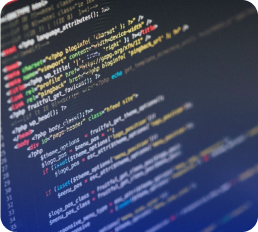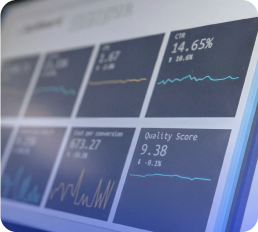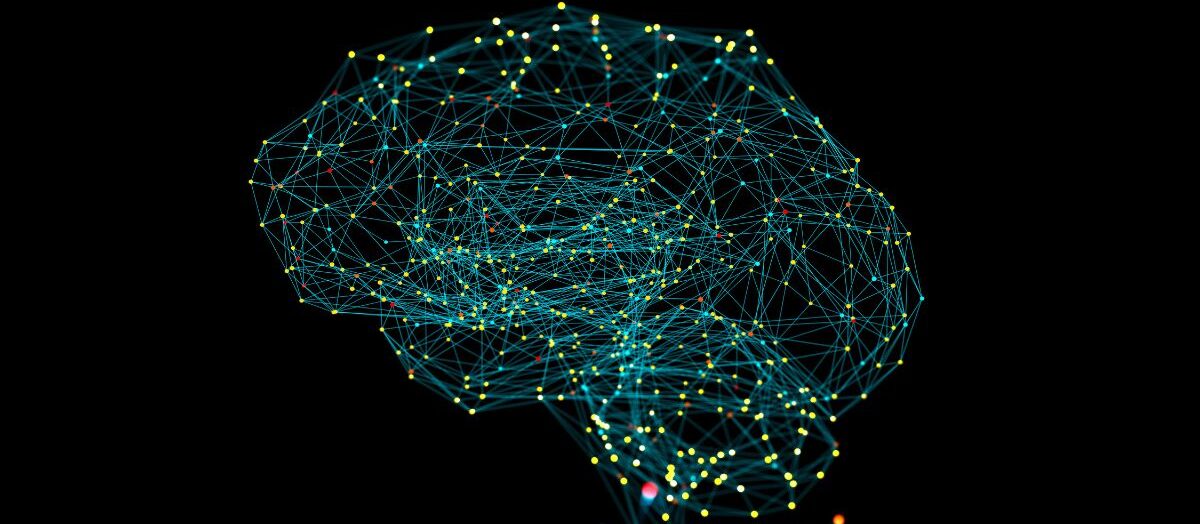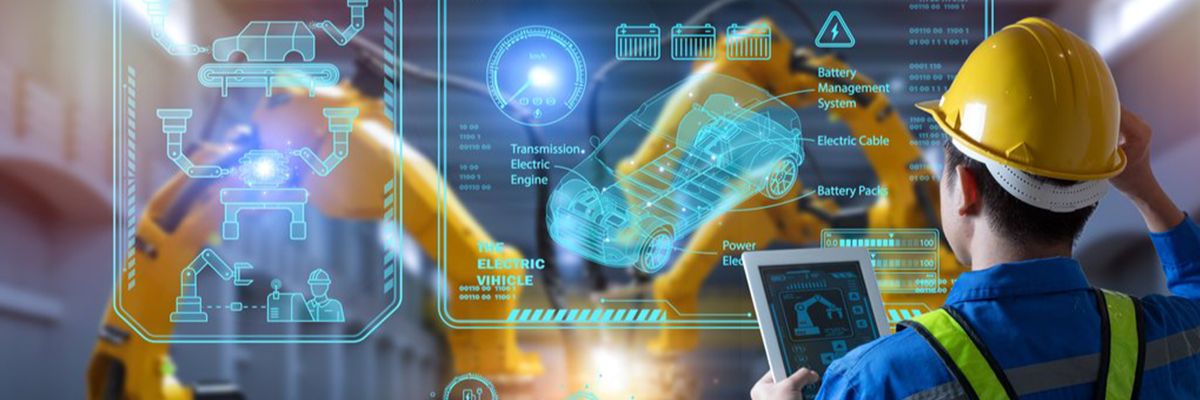In the era of Industry 4.0, Artificial Intelligence and Machine Learning technologies play crucial roles in the digital transformation of companies. Understanding the nuances between these concepts not only clarifies their impact but also guides more effective business strategies.
Artificial Intelligence (AI) is the ability of computational systems to perform activities that would typically require human intervention, such as pattern recognition, decision-making, and natural language processing. Additionally, AI can revolutionize customer service, making it more efficient and personalized.
Machine Learning, on the other hand, enables systems to learn and improve based on data without being explicitly programmed for it. By identifying patterns, companies can leverage these technologies to solve complex problems and optimize performance over time.
According to recent data from Gartner, adopting these advanced practices has significantly boosted productivity and operational efficiency in businesses, reaching up to 14%. This growth reflects not only an increased ability to process complex data and make rapid decisions but also the capacity to adapt quickly to consumer and market demands.
What is Artificial Intelligence and Machine Learning?
Artificial Intelligence is a branch of computer science dedicated to creating systems and devices capable of performing activities that normally require human intelligence. Machine Learning is a subcategory of AI, where models learn and improve automatically based on experience, despite not being explicitly programmed for it. These models are designed to simulate human cognitive processes, such as learning, reasoning, problem-solving, and pattern recognition.
AI enables machines to act autonomously, learning from provided data to assist in decision-making without direct human intervention. There are various types of AI, ranging from simple predictive systems that generate classifications based on historical data patterns to more advanced models capable of generating content without specific training due to their generalist nature.
Everton Lima Aleixo, an Artificial Intelligence specialist at Meta, explains that “AI is a vast and fundamental field of study, with roots dating back to the 1950s. Over the past decade, the area has undergone a revolution due to technological advancements in hardware, such as GPUs, the availability of data, and lower storage costs. These factors have significantly advanced the field recently, enabling the development of various models for different industrial contexts.”
What is the difference between Machine Learning and Artificial Intelligence?
The key distinction between AI and Machine Learning lies in the breadth and application of these technologies. While Artificial Intelligence encompasses any system capable of performing tasks that require human intervention, ML is a specific approach focused on enabling systems to learn and improve from data without explicit programming.
Aleixo highlights that “Machine Learning plays a central role, with different approaches such as classical learning using tabular data and Deep Learning, which specializes in processing images, texts, and audio. Within Deep Learning, transformers represent an advanced subcategory that enables the development of sophisticated AI models, such as ChatGPT, capable of generating natural and complex text.”
Thus, the difference between Machine Learning and Artificial Intelligence lies in how learning is implemented: AI is the general concept of intelligent machines, while ML is the specific method of empowering these machines through data analysis.
In practice, Machine Learning enables technology to continue recognizing complex data patterns, allowing systems to evolve and adapt as they are exposed to new information. These technologies are interconnected, with ML serving as a practical method to achieve AI goals.
Aleixo emphasizes that “Machine Learning empowers systems to learn and improve based on data.” Moreover, advancements in language models have demonstrated how ML can be applied to natural language understanding and generation, enhancing integration between people and virtual systems.
These distinctions are crucial for understanding how each technology can be strategically applied in Industry 4.0, as well as in other sectors, driving innovation and operational efficiency through automation and data analysis.
Artificial Intelligence and Machine Learning: Theory and Applications
From a theoretical perspective, Artificial Intelligence aims to replicate complex human skills through advanced algorithms and artificial neural networks. AI can enhance various areas, from customer service to predicting machine failures.
Conversely, Machine Learning relies on statistical and computational methods to improve performance over time, dynamically adapting to available data. These technologies not only drive significant theoretical advancements but also have a profound practical impact on key sectors such as healthcare, finance, and manufacturing.
Aleixo highlights that in Industry 4.0, one of the biggest challenges is data labeling for predictive purposes. “We are more focused on predicting events, such as when a machine might fail, rather than generating content,” he explains. Applying AI in this industrial era requires not only the ability to collect large volumes of data via IoT (Internet of Things) devices but also the skill to interpret them meaningfully. “Labeling data generated by IoT sensors, such as machine vibrations, is crucial to determine whether they indicate proper functioning or imminent failures,” the Meta specialist continues.
Beyond data collection and labeling, training Machine Learning models, such as neural networks and decision trees, is essential for operational effectiveness in Industry 4.0. “Training a model involves providing detailed input patterns, such as motor rotations and environmental conditions, so the system can recognize and anticipate performance patterns,” Aleixo explains. This iterative process includes continuous adjustments to model parameters, which is essential to ensure accuracy in predictions and operations.
However, the Meta specialist points out that “one of the main challenges is dealing with unbalanced and heterogeneous datasets, where critical data often represents only a small fraction of the total.” This realistic Industry 4.0 scenario highlights the need for constant refinement of AI and ML techniques to manage operational complexities and ensure system reliability in industrial environments.
Therefore, the continuous integration of AI and ML in Industry 4.0 not only enables advanced automation and real-time analysis but also drives continuous improvements in efficiency and predictive capabilities in modern industrial operations. Natural language processing, which attempts to mimic the human brain, allows AI to understand and respond to commands using a similarly natural vocabulary based on data. These technologies are not just theoretical advancements but transformative realities that redefine the limits of what is possible in global strategic sectors.
Advantages of AI and ML Integration in Industry 4.0
The integration of Artificial Intelligence and Machine Learning in Industry 4.0 offers significant advantages, radically transforming how industrial operations are conducted and optimized.
One of the main benefits is the automation of repetitive and complex activities, which not only increases accuracy but also reduces operational costs. The AI specialist highlights that today, “90% of new applications are based on ChatGPT or similar models.” He emphasizes that these technologies not only understand natural language processing but also turn this capability into practical and beneficial solutions for society. “We don’t need to create another generative intelligence from scratch, as we already have highly efficient tools working well,” Aleixo adds.
Beyond automation, the ability to analyze large volumes of data is another crucial advantage. Integrated systems can quickly process and interpret complex data, providing strategic insights essential for informed and agile decision-making. The Meta specialist shares his own experience: “I’ve used AI to analyze a webpage’s code under development, efficiently identifying errors. This direct application illustrates how AI can recognize problems and streamline processes with significant improvements.”
However, Aleixo points out that, like any technological advancement, there are challenges and risks associated with AI and ML implementation in Industry 4.0. “Negative use will always be a possibility, as we see with other technologies. It’s a matter of constant adaptation and risk mitigation,” he concludes. The race to balance innovation and security is a crucial aspect of developing and implementing these disruptive technologies.
Artificial Intelligence can solve complex problems, whether through advanced language models or data-driven algorithms that continuously learn and adapt. As a result, the strategic integration of AI and ML not only drives automation and continuous efficiency in industrial operations but also sets a new standard for excellence and adaptability in the future of global industry.
How Meta Uses AI and ML to Transform Businesses
Meta stands out for its strategic use of AI and Machine Learning to drive digital transformation in organizations. By leveraging advanced data analytics platforms, Meta personalizes customer experiences and optimizes internal processes with efficiency and precision. These technologies not only automate complex tasks but also enable continuous improvements.
The positive impacts are evident for companies investing in technology. Beyond immediate operational gains, such as cost reduction and increased productivity, these companies gain a significant competitive advantage. The ability to innovate quickly and adapt to market changes becomes an achievable reality.
In summary, understanding the differences between Artificial Intelligence and Machine Learning is essential to maximizing the potential of these technologies in Industry 4.0. With clear benefits in operational efficiency, process automation, and data analysis, companies are well-equipped to enhance their operations and reach new levels of excellence in the global market.











